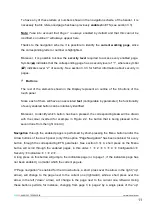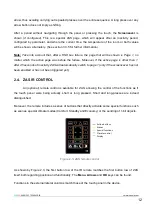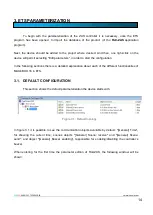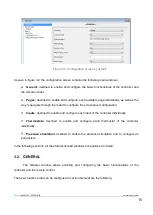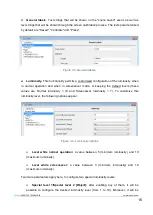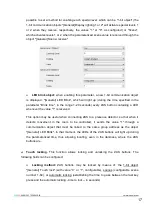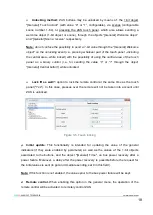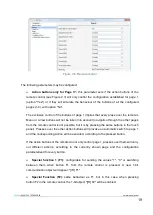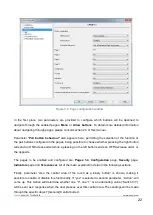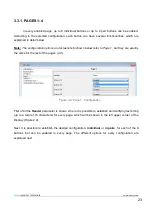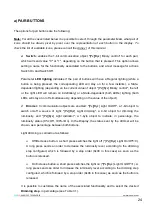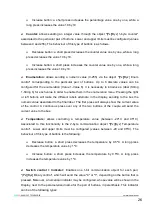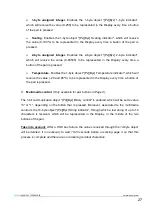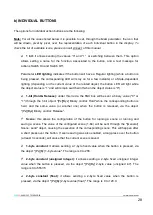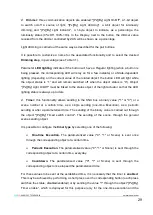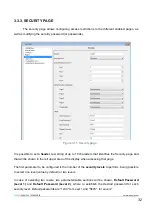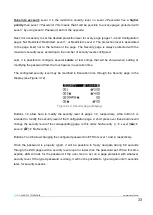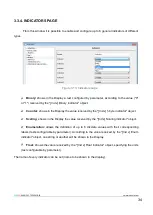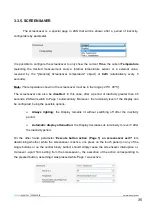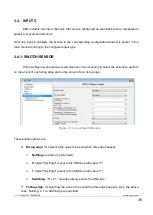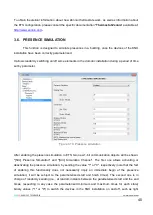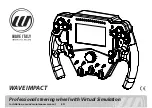
ZENN
iO
AVANCE Y TECNOLOGÍA
vwww.zennio.com
25
25
Parameter
LED lighting
indicates if the pair of buttons will have a Regular lighting (while a
button is being pressed, the corresponding LED will stay on for a few instants), a State-
dependent lighting (depending on the current value of object "[Px][Byz] Light dimming", the left
or the right LED will remain on indefinitely) or a State-dependent (both LEDs) lighting (both
LEDs will stay on or off simultaneously, depending on the value of the object).
Dimming step
Necessary pulsations for a complete
regulation (0-100%)
(1) 100%
1
(2) 50%
2
(3) 25%
4
(4) 12.5%
8
(5) 6.25%
16
(6) 3.1%
32
(7) 1.5%
64
Table 3.1. Dimming step
Shutter:
it allows controlling the movement of shutters by means of two binary objects:
"[Px][Byz] Move shutter" ("0"=Up and "1"=Down) and "[Px][Byz] Stop shutter" and one 1-byte
object "[Px][Byz] Shutter position", which sets the position of the shutter, in percentage, at any
time (0%=Top, 100%=Bottom). In the Display, between both buttons, the status sent from the
corresponding shutter controller will be shown as a percentage.
Shutter controlling is carried out as follows:
Decrease button: a long press moves the shutter down, while a short press stops the
shutter. The value "1" is sent through the object "[Px][Byz] Stop shutter".
Increase button: a long press moves the shutter up, while a short press stops the
shutter. The value "0" is sent through the object "[Px][Byz] Stop shutter".
Scaling:
allows sending a percentage value through the object "[Px][Byz] Scaling"
associated to the particular pair of buttons. Lower and upper limits must be configured (values
between 0% and 100%). The behaviour of this type of buttons is as follows:
Decrease button: a short press decreases the percentage value one by one, while a
long press decreases the value 10 by 10.

